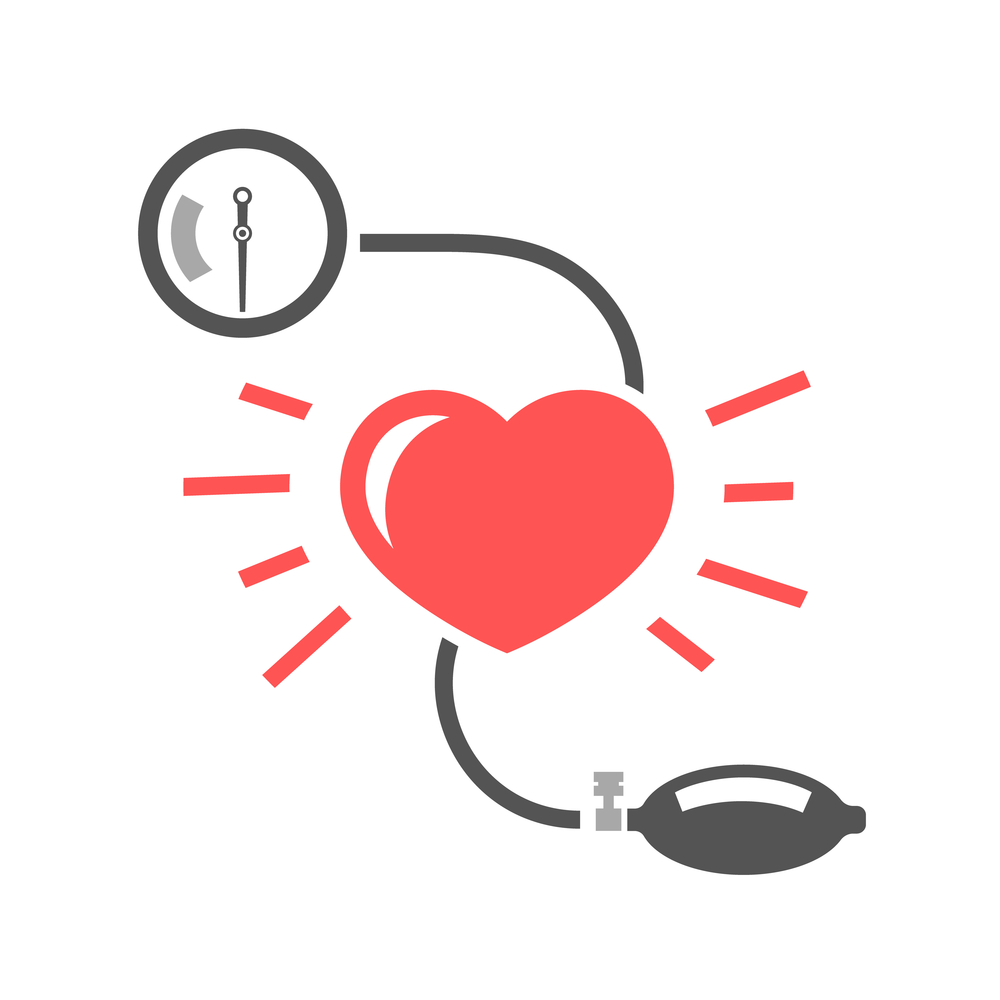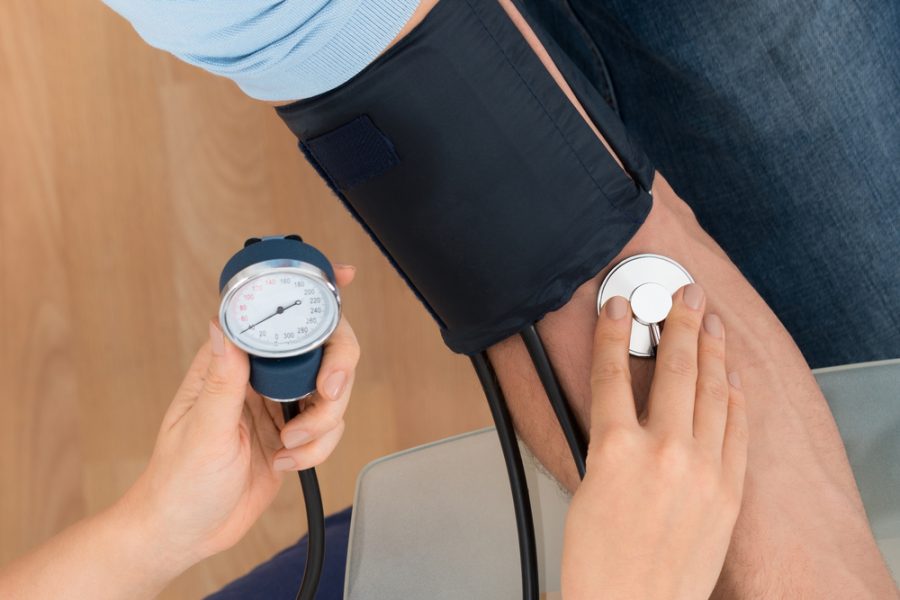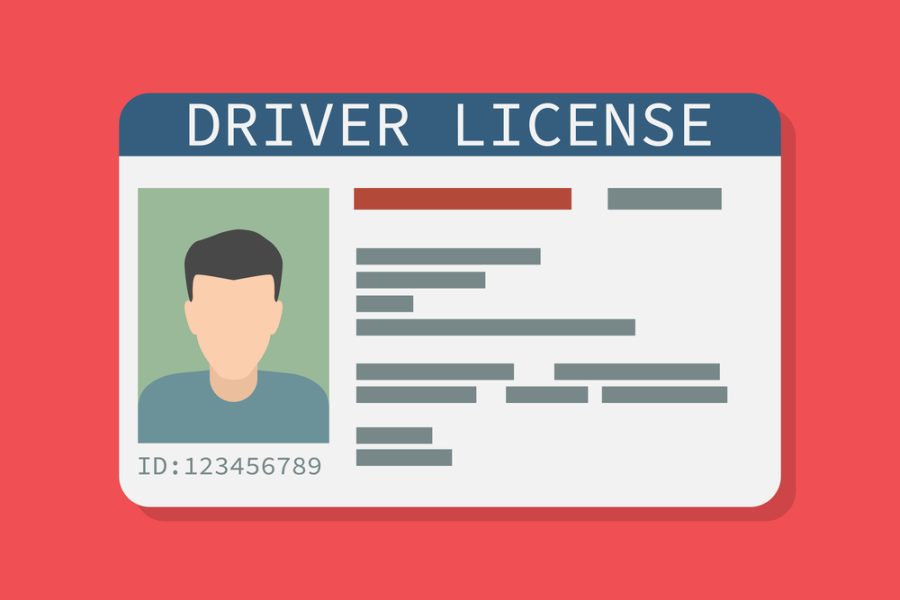Introduction
The DOT blood pressure requirements are super important for truck driver safety and health. These regulations set specific blood pressure limits for CDL drivers. Normal blood pressure is especially important for truck drivers since they are on the road for long hours and have high focus, often under stressful conditions.
High blood pressure (hypertension) is a big risk, heart disease, stroke, and other cardiovascular issues can impair a driver’s ability to operate a vehicle safely. Understanding and following these blood pressure requirements helps drivers stay healthy and overall road safety, protecting the driver and the public.
Blood Pressure
Blood pressure is measured in two numbers: systolic and diastolic. Systolic is the higher number and measures the force of blood against the artery walls when the heart beats. Diastolic is the lower number and measures this force when the heart is at rest between beats.
Understanding these numbers is important because they show how well the heart and arteries are working. A normal blood pressure reading is around 120/80 mmHg and above 130/80 mmHg is high blood pressure or hypertension.
For truck drivers blood pressure is a big part of the DOT physicals. These exams ensure drivers are medically fit to operate commercial motor vehicles. High blood pressure can impair a driver’s ability to react quickly and safely to road conditions, a risk to the driver and others on the road. So keeping blood pressure in the normal range is key to passing the DOT physical, getting a CDL, and overall road safety
DOT Blood Pressure Requirements
The DOT physical sets specific blood pressure limits for truck drivers to be medically certified to drive. To pass the DOT physical your blood pressure must be at or below 140/90 mmHg. This ensures drivers like you have controlled blood pressure and reduces the risk of sudden health issues on the road. The highest blood pressure reading to receive a 2-year certification is 140/90 mmHg.
However, there are conditions where you can still get a 1-year certification if your blood pressure is higher. If your blood pressure is between 140/90 mmHg and 179/109 mmHg you can be certified to drive but only for 1 year if you are under medical supervision and your condition is stable.
This allows you time to manage your blood pressure through lifestyle changes or medication so you can continue to work while you get healthier. Readings above 180/110 mmHg are too high for certification and you need to be treated and managed before you can be certified.
DOT Physical Exam
The DOT physical exam is a thorough health exam to ensure you are medically fit to drive a commercial motor vehicle. This exam covers a lot of health checks, vision, hearing, and overall physical fitness. One of the key parts of the exam is a blood pressure check, uncontrolled high blood pressure is a big risk while driving.
The medical examiner will measure your blood pressure during the DOT physical. They will measure both systolic and diastolic pressure to make sure it’s within the range for certification.
Besides blood pressure, the examiner will also look at other health factors such as heart disease, kidney disease, sleep apnea, and blood sugar levels. These conditions can affect your ability to drive safely so make sure you manage any existing health issues and follow medical advice to keep your certification and stay healthy on the road.
How to Lower Blood Pressure
Lowering high blood pressure is key to your health and to being able to drive safely. There are many natural ways to lower blood pressure. Eating a balanced diet rich in fruits, vegetables, and whole grains can help a lot. Exercise such as walking or cycling can also lower blood pressure.
Practicing breathing exercises or meditation can lower stress levels which in turn helps to manage blood pressure. Drinking beet juice which is known for its blood pressure-lowering properties can be another natural remedy to add to your daily routine.
In some cases, lifestyle changes alone may not be enough and medication is necessary. Antihypertensive drug therapy is important in managing high blood pressure when natural methods are not enough. Make sure to follow your doctor’s instructions and take your medication as prescribed to maintain stable blood pressure.
To show blood pressure control to a medical examiner keep a record of your blood pressure readings over time and show consistent and controlled levels. Bring this record to your DOT physical exam to show your commitment to managing your health.
Effects of High Blood Pressure on Certification
High blood pressure can affect your ability to get a DOT medical card which is required for your certification to drive. If your blood pressure is too high during the DOT physical exam you may not pass the medical evaluation and you won’t be certified to drive. This can affect your job and ability to be a commercial truck driver.
If your blood pressure is slightly above the standard threshold there is a process to recheck your blood pressure and potentially get a one-year certification instead of the standard two-year certification. This gives you time to manage and stabilize your blood pressure with medical supervision. Keeping medical records is crucial in this case. Keeping a record of your blood pressure readings and showing compliance with medication can show the medical examiner that you are managing your condition.
Lifestyle Changes for Better Blood Pressure Management
Living a healthy lifestyle is key to better blood pressure management and overall health. A balanced diet and regular exercise are the two main components of maintaining normal blood pressure. Eating a diet rich in fruits, vegetables, lean proteins, and whole grains can provide the necessary nutrients for heart health. Regular physical activity such as walking, jogging, or cycling can strengthen the cardiovascular system and make it easier to manage blood pressure.
To improve blood pressure and overall health consider making several lifestyle changes. Reducing sodium intake, avoiding excessive alcohol consumption, and quitting smoking are just steps. Managing stress through relaxation techniques like yoga, meditation or deep breathing exercises can also help blood pressure. Staying hydrated and maintaining a healthy weight are also important in managing blood pressure.
By making these lifestyle changes you can meet more stringent medical requirements for DOT certification. By following a healthy diet and exercise routine you can have better blood pressure control which is required to pass the DOT physical exam. Keeping a record of your progress and sharing it with your medical examiner can show your commitment to your health and increase your chances of getting or renewing your certification.
High-Risk Conditions
High-risk conditions like heart disease and kidney disease should be addressed because these conditions can affect your blood pressure. Heart disease can cause high blood pressure as the heart struggles to pump blood and kidney disease can affect the body’s ability to regulate blood pressure due to impaired kidney function. Both conditions can make it hard to maintain the blood pressure required for DOT certification.
Treatment and management of these conditions are key to blood pressure control. For heart disease lifestyle changes such as a heart-healthy diet, regular exercise, and quitting smoking are important. Medications prescribed by your doctor like beta-blockers or ACE inhibitors can help manage symptoms and lower blood pressure. For kidney disease manage underlying conditions like diabetes and hypertension, follow a kidney-friendly diet, and take medications as prescribed to protect kidney function and blood pressure.
Regular checkups and monitoring are important for these high-risk conditions. Frequent visits to your healthcare provider allow for ongoing assessment and adjustment of treatment plans to ensure blood pressure control. Keeping a record of your blood pressure readings and other health information helps your doctor to make informed decisions about your care. This proactive approach will not only help you to stay healthy but also to meet DOT medical requirements and get certified to drive.
Additional DOT Medical Requirements
In addition to blood pressure, the DOT physical exam also includes other important requirements to ensure drivers are road-worthy. These requirements are vision tests, hearing assessments, and drug tests. Vision test is to ensure drivers have good eyesight to operate a vehicle safely, hearing assessment is to check for any condition that may affect a driver’s ability to hear important sounds on the road. Drug tests are to ensure drivers are free from substances that can impair their ability to drive.
Blood pressure is related to other medical conditions that are also evaluated during the DOT physical. Untreated high blood pressure can lead to heart disease which can make it harder to meet the physical requirements. Diabetes or sleep apnea can also interact with blood pressure so it’s important to manage all health aspects holistically. Understanding this connection can help you better prepare for the physical exam and manage your overall health.
To prepare for the initial DOT physical exam and subsequent re-certifications make sure to maintain a healthy lifestyle and manage any existing medical condition. Follow your treatment plans, keep a record of all medications and health metrics, and bring these records to the exam. Monitor your blood pressure, vision, hearing, and overall health, and address any issues as soon as possible. By being proactive and informed about your health you can increase your chances of passing the DOT physical and getting certified to drive.
Conclusion
Keeping blood pressure healthy is important for truck drivers as it directly affects their ability to pass the DOT physical and get certified to drive. A healthier lifestyle, a balanced diet, regular exercise, and stress management are key to meeting DOT blood pressure requirements. By being proactive about your health you can be road-worthy. Regular checkups, keeping detailed health records, and following treatment plans are the keys to passing the DOT physical and getting certified. Remember investing in your health is good for your career and overall well-being.







